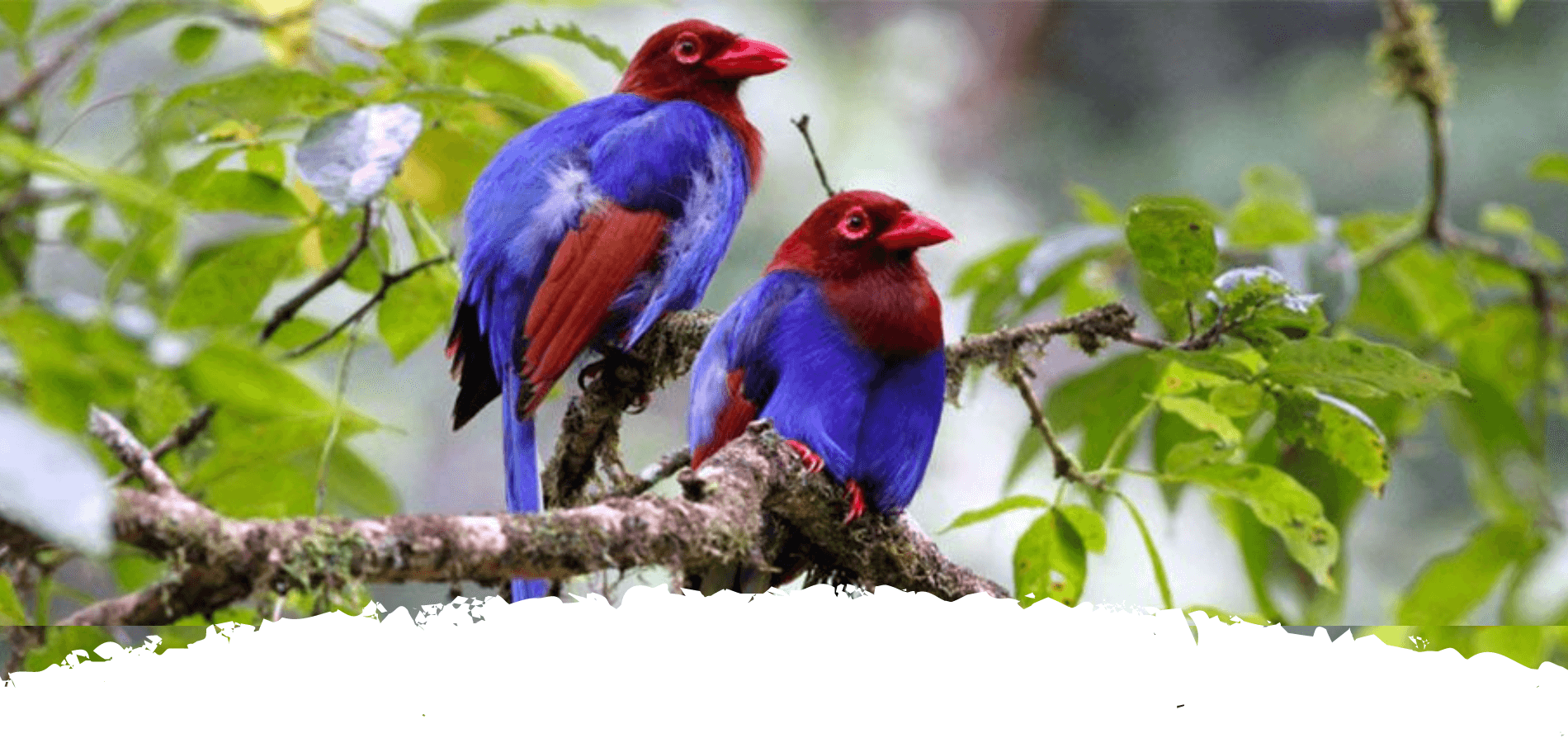Sri Lankan Endemic Birds
One of the top destinations in the world for vacation that is bird-watching is Sri Lanka. This island is home to nearly 500 species, 219 of which are breeding inhabitants, and 34 of which are Sri Lankan endemic birds. One of the best locations for Sri endemic bird species in Sri Lanka. There are several birds preserves with a focus on Sri Lankan birds. Most of Sri Lankan endemic birds can be seen in Sinharaja, Knuckles, Horton Plains, and Kitulgala, which are also excellent viewing destinations. The greatest number of these island-endemic species can best be observed between the months of November and April.
Ceylon Junglefowl
Ceylon jungle fowl is Sri Lanka’s native bird .In Sinhala, it is known as Wali Kukula. Up to 2100 meters above sea level, forests in both arid and wet zones are home to this big terrestrial bird. They exhibit significant gender differences. Males are larger than females by a wide margin. In a nest, Females lay 2-4 eggs. The male’s torso is orange-red in color, and his wings and tail are either dark purple or black.
The mane’s golden feathers run from the top of the cranium to the base of the spine. The comb has a bright yellow center and is scarlet in color .On the sides of the road near the jungle in Sinharaja, Yala Sri Lanka Jungle fowl is often seen
Sri Lanka Spurfowl
The Hanban Kukula is the common name for the Sri Lanka spurfowl. The bird can be found in Sri Lanka’s large rainforests. The Sri Lanka spurfowl builds ground nests and lays two to five eggs in each scrape. The top parts of the wings and tails of both male and female birds are brown.
The wet zone’s fresh woodlands are the major habitat for Sri Lanka spurfowl. Some places to see this elusive bird include Sinharaja, Kanneliya, and Dombagaskanda. These Sri Lankan Endemic birds, which resemble a female jungle fowl save for the black and white patterns on the belly in both sexes, are frequently encountered in pairs in wet-zone forests and riverine forests in the dry
Ceylon Wood-Pigeon
The mountains of Sri Lanka are home the endemic Ceylon wood pigeon. In Sinhala, this bird is referred to as Manila Goya. The IUCN Red List described it as vulnerable. Its body is bluish-grey, and its purplish hind neck is marked in black and white. They are substantial birds, measuring about 36 cm. They have simple gray plumage. The botanical gardens at Hakgala and Horton Plains National Park are two of the best places to see them. They are larger than pigeons in the wild.
Sri Lanka Green Pigeon
Ceylon green pigeon, known as Bata goya in the Sinhala language. Medium-sized green pigeon with a yellow face and a yellowish wing line. The male has a maroon back, while the female has a greenback. They are only present in Sri Lanka. The face and wing lines of this medium-sized green pigeon are yellow. The Sri Lanka Green-Pigeon has reddish legs and feet. Small groups of these pigeons like to stay in lowlands and hillsides’ upper levels of woodlands.
When they sense danger, they have the amazing ability to freeze, disguising themselves amid the vegetation. The female green pigeon resembles the orange-breasted green pigeon except that its nape is greenish rather than greyish, and the male has a clearly visible purple mantle.
Sri Lanka Hanging Parrot
In Sinhala, the hanging parrot of Ceylon calls as Gira Maliththa. Sri Lanka hanging parrot is a small bird that is largely green and has a tail that is just 13 cm long. Orange hues are present on the nape and back of the neck. the chin and throat are a light blue color. The beak is red, and the irises are white.
They typically move alone or in small groups when traveling outside of the breeding season. It nests in tree holes and produces two to three eggs. The females have a brighter throat hint of blue and duller overall color. They can be found all over Sri Lanka, especially in the lower hills, wet zone, and dry zone regions. They love open forests. The fairly active hanging parrots frequently climb around the branches in search of food.
Red-Faced Malkoha
The red-faced malkoha is an endemic member of the cuckoo family. The IUCN Red List classifies this exceedingly rare species as vulnerable. This species can be identified by its bright red face, yellowish bill, white abdomen, and a long tail with a white tip. It lives in the thick canopy of tall trees and depends on insects and small vertebrates. usually silent, but rarely makes a static-like call and a soft clucking noise.
They are found in the woods of Wasgamuwa, Yala, Udawalawa, Galoya, and Lahugala.In undisturbed wet zone forests and along a few of the tall riverine vegetation regions in dry zone forests, this bird of the forest could be seen up to 1300 meters above sea level. Only the tall lowland rainforests are home to these unique birds with their red faces, black upperparts, and tails with white under parts.


0 Comment